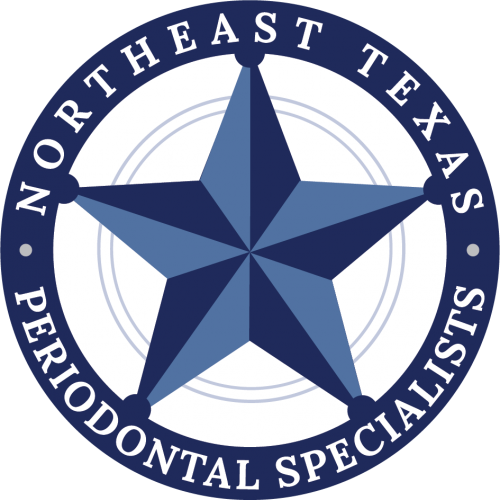If you’re missing one or more teeth, you’ve probably investigated your options for replacement teeth. While traditional dental implants have long been considered the gold standard for tooth replacement, they can be cost-prohibitive, and conventional dental implant treatments take a long time to complete, which could cause impatience and inconvenience. Thankfully, there are several different options available for people seeking to replace missing teeth, no matter how many or how few teeth need replacing. Some of the more commonly selected options include mini dental implants, removable dental bridges, adhesive bridges, partial dentures, and Teeth in a Day treatments. Of course, there’s also the option of leaving your missing teeth alone, but this isn’t a good idea for a number of reasons – including the aesthetic and functional effects missing teeth can have.
With dental implants, one or two missing teeth can be replaced with one dental implant, and as many as four or five missing teeth in a row can be supported with as few as two dental implants. This procedure involves surgically implanting small cylindrical titanium posts into the jawbone, where they are allowed to heal and fuse together with the bone for about six months. Once the bone and implant have healed, dental restorations, in the form of dental crowns, partial dentures, or full dentures, are affixed to attachments at the tops of the implants. Dental implants continue to stimulate the jawbone once they’re integrated to the bone, providing the additional benefit of helping to maintain the structure and strength of the bone.
While these restorations are sturdy, comfortable, and natural-looking, they aren’t the only option. Mini dental implants can be placed more quickly than traditional implants, and they are often less expensive; however, they can only be used in certain cases and cannot be expected to adequately carry an extensive load for multiple dental prosthetics. Removable dental bridges and conventional removable dentures are among the least expensive options for replacing missing teeth, though these options can also be more destructive to the oral tissues, causing painful, damaging friction, and interfering with comfortable eating and speaking.
Most types of dental bridges also require dentists to damage existing healthy dental tissue on the teeth adjacent in order to support the bridge, which isn’t ideal, and those that are supported with adhesives instead of the adjacent teeth are more prone to loosening and falling out.
With Teeth in a Day, the dentist places a dental implant immediately after extracting a damaged tooth, using a special kind of mechanism that stabilizes the implant immediately. This allows the implants to support dental prosthetics immediately, and the implant and bone also fuse together and create even more stability over time. Thanks to the digital imaging technologies used in a
Teeth in a Day treatment, dentists can also craft complete dental prosthetics before extracting teeth and placing implants, which means less time for the patient at the dentist’s office, and less time without teeth. With Teeth in a Day, patients can replace a full row of teeth with as few as six implants, combined with a bridge or denture; the forces of biting and chewing are distributed properly across these implants, creating a stable, durable option that’s far more convenient and cost-effective than traditional dental implants while providing many of the same benefits, and far more attractive and comfortable than removable bridges and dentures.

